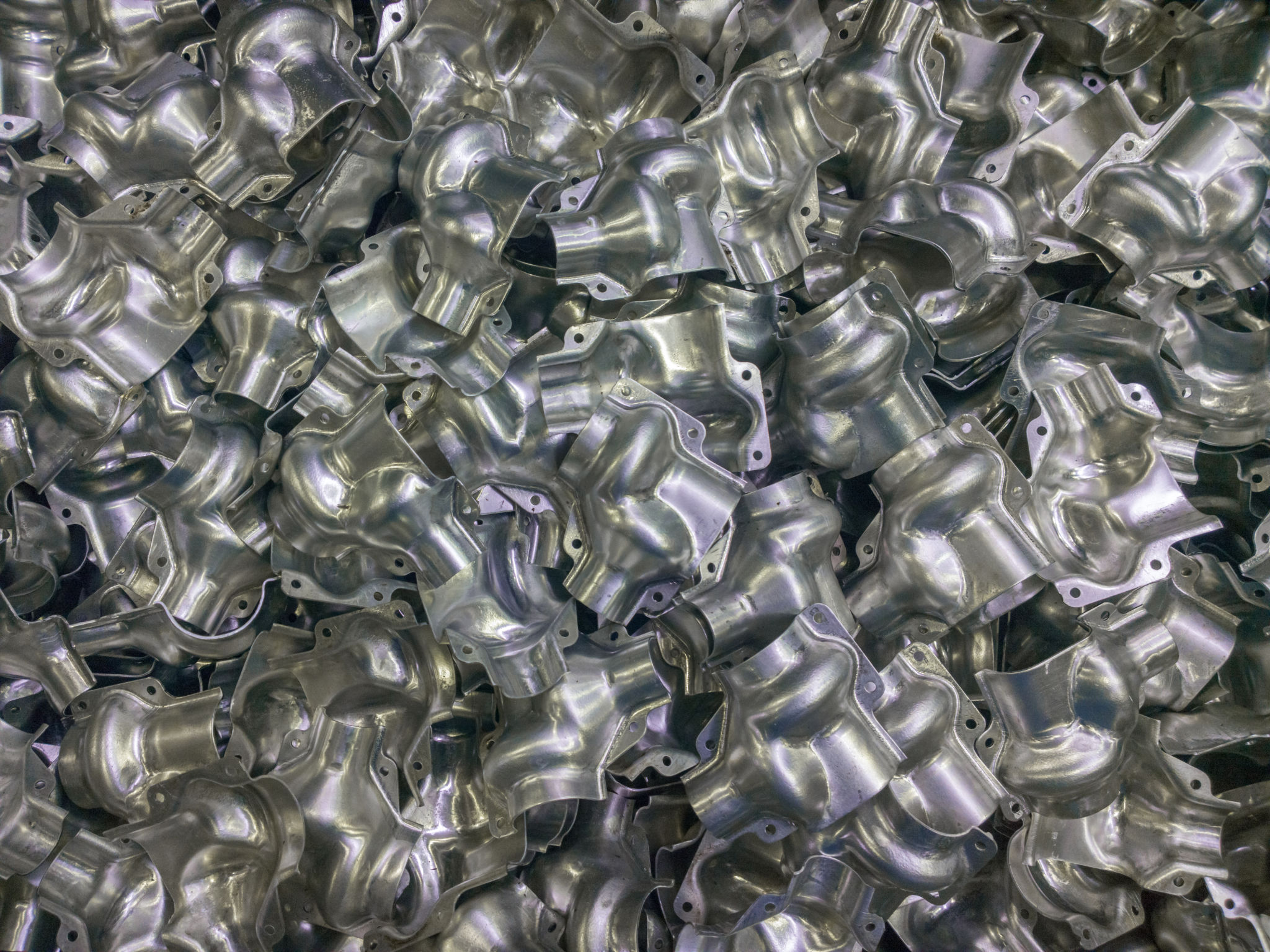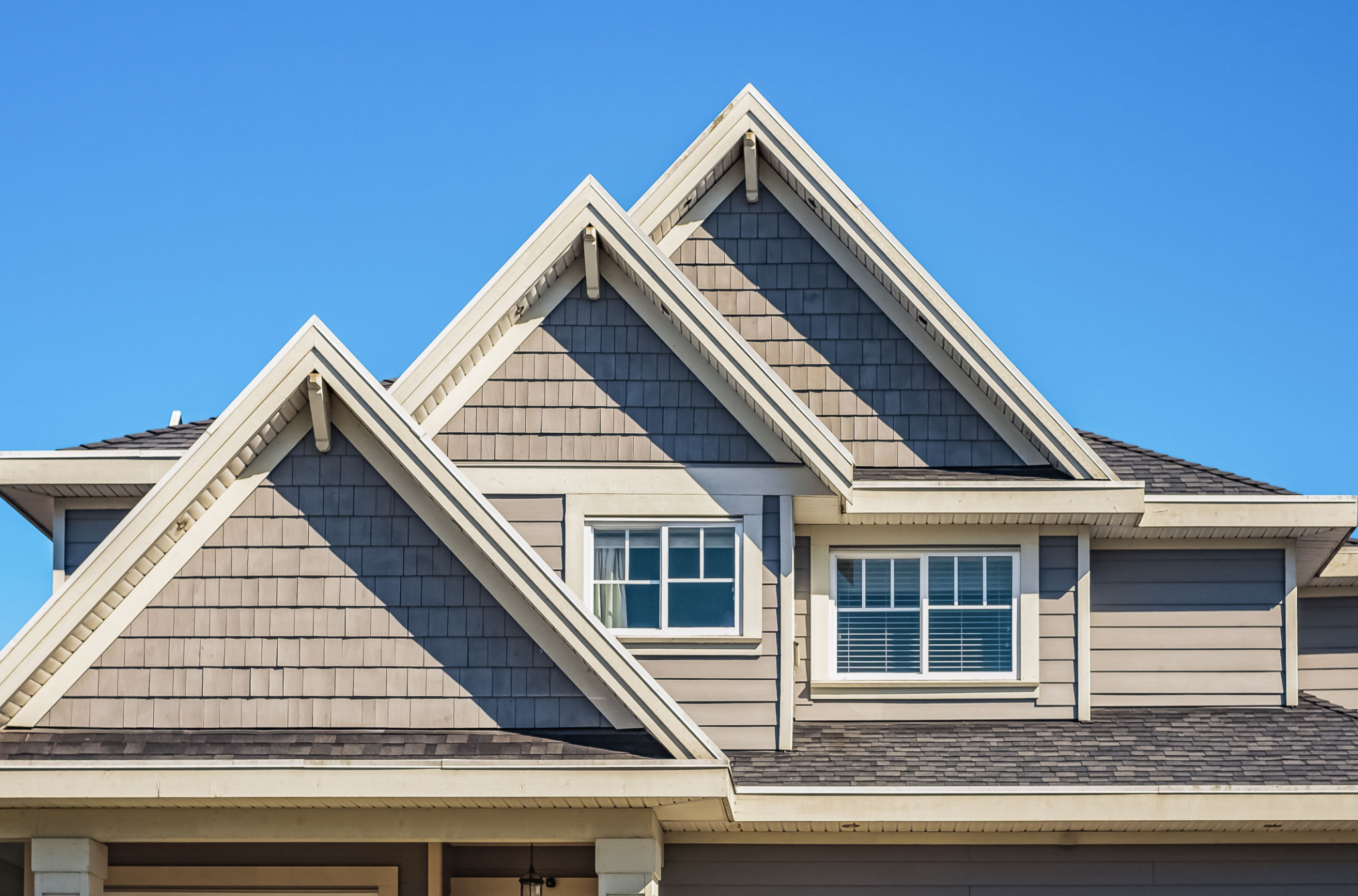Understanding Cold Formed Buildings: Advantages and Applications
Introduction to Cold Formed Buildings
Cold formed buildings, often referred to as light gauge steel structures, have become increasingly popular in the construction industry. These structures are made from thin sheets of steel that are shaped at room temperature, offering a variety of benefits that make them an attractive option for builders and developers.
The process of cold forming involves bending, cutting, and shaping steel sheets without applying heat. This method results in high-strength components that are both lightweight and durable, making them ideal for a range of applications. In this blog post, we will explore the advantages and applications of cold formed buildings.

Advantages of Cold Formed Buildings
Strength and Durability
One of the most significant advantages of cold formed buildings is their strength and durability. The cold forming process increases the tensile strength of steel, enabling it to withstand substantial loads and stresses. This makes cold formed structures highly resilient to environmental factors such as wind, rain, and seismic activities.
Cost-Effectiveness
Cold formed buildings are also known for their cost-effectiveness. The lightweight nature of the materials reduces transportation and handling costs. Additionally, the precision of the manufacturing process minimizes waste, allowing for more efficient use of materials. This results in lower overall construction costs compared to traditional building methods.

Applications of Cold Formed Buildings
Commercial and Industrial Buildings
Cold formed buildings are widely used in commercial and industrial settings due to their versatility and durability. They are commonly employed in the construction of warehouses, factories, and retail spaces. The ability to quickly assemble these structures makes them an excellent choice for projects with tight deadlines.
Residential Developments
In the residential sector, cold formed buildings offer an efficient and sustainable solution for housing developments. The lightweight steel frames allow for faster construction times, reducing labor costs and project timelines. Furthermore, the durability of these structures ensures long-term performance with minimal maintenance requirements.

Sustainability and Environmental Impact
Sustainability is a crucial consideration in modern construction practices, and cold formed buildings excel in this area. The steel used in these structures is typically recyclable, reducing the environmental impact and promoting eco-friendly building practices. Additionally, the energy efficiency of cold formed buildings contributes to lower operational costs and reduced carbon footprint.
Design Flexibility
Another key benefit of cold formed buildings is their design flexibility. Architects and engineers can easily customize these structures to meet specific project requirements. The adaptability of cold formed steel allows for innovative architectural designs while maintaining structural integrity.

Conclusion
Cold formed buildings offer numerous advantages that make them a compelling choice for various construction projects. Their strength, cost-effectiveness, and sustainability are just a few reasons why they have become a popular option in both commercial and residential sectors. As the demand for efficient and environmentally friendly building solutions continues to grow, cold formed buildings are likely to play an increasingly important role in the future of construction.
